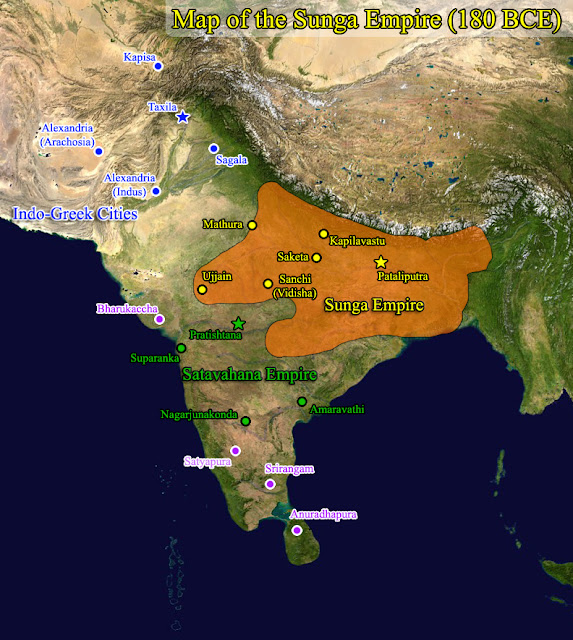History quiz: How much do you know about the Tughlaq Dynasty - Part 1

Tughlaqabad Fort Q.1. Who was the founder of Tughlaq Dynasty? (a) Ghiyas-ud-din Tughlaq (b) Muhammad bin Tughlaq (c) Feroz Shah Tughlaq (d) None of these Q.2. Who among the following Tughlaq Sultans had established Diwan-i-Bandagan (department of slaves)? (a) Giyas-ud-din Tughlaq (b) Muhammad bin Tughlaq (c) Firoz Shah Tughlaq (d) None of the above Q.3. The last ruler of the Tughlaq Dynasty was _____. (a) Nusrat Shah (b) Mahmud Shah (c) Abu Bakr Shah (d) Muhammad Shah lll Q.4. In which year was the Tughluq dynasty founded? (a) 1315 AD (b) 1320 AD (c) 1325 AD (d) 1330 AD Q.5. Who among the following was the Delhi Sultanate ruler when the Vijayanagara Empire came into existence? (a) Muhammad bin Tughlaq (b) Giyas-ud-din Tughlaq (c) Firoz Shah Tughlaq (d) Khizr Khan Q.6. Which among the following was the real name of Ghiyas-ud-din Tughluq? (a) Ghazi Malik





